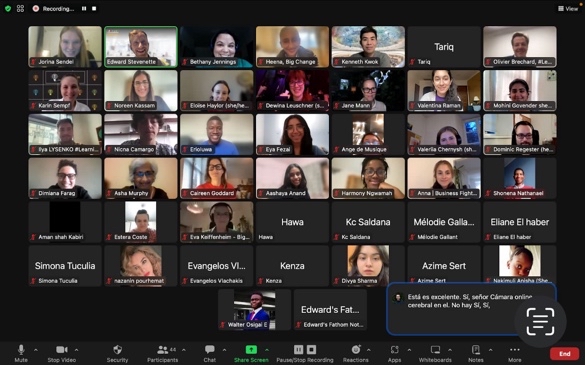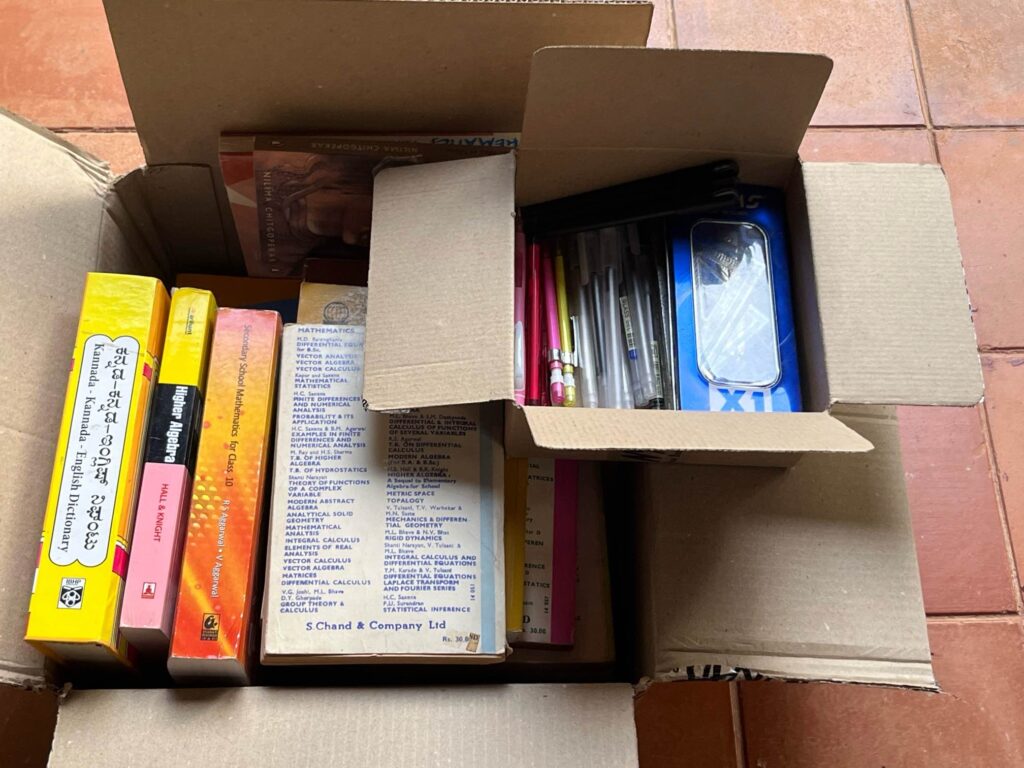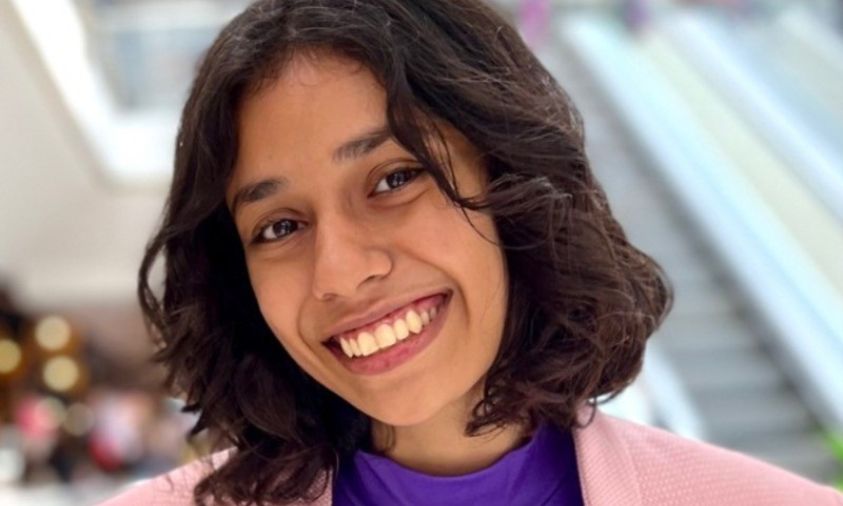In this interview, YOCee’s Student Reporter Akshara A speaks with Aashaya Anand, a 17-year-old who is the founder of Sandbox Spaces, an educational non-profit that focuses on neurodivergent students. Aashaya shares her motivation, the early days of Sandbox Spaces, the challenges faced, and her plans for the organisation’s future.
Q: What fuelled your desire to work for neurodivergent students specifically?
A: I’ve heard that neurodivergent students around me express difficulty in being able to keep up with
how society functions today. It’s not a matter of ‘not being able to keep up’ – it’s about the fact that
societies and communities have been built to cater to neurotypical, able-bodied people. Learning
about this made me realise that often, neurodiversity is just a different way of functioning. Learning
for neurodivergent people involves kinesthetic and tactile learning methods. I realised that when we
incorporate these practices into educational systems, we benefit everyone.
Q: How did the early days of Sandbox Spaces start?

A: Firstly, I had to gauge the problem. I conducted a study among the neurodivergent people around me and I found that a lot of them felt alienated by the traditional way of teaching. What I wanted to do with Sandbox is create a different culture of learning. So, I reached out particularly to high schoolers, with nothing but an idea. We built this project and tried our best to set up chapters in other places by explaining our cause. I also got support from the adults around me and other nonprofits working for the same cause. This way, we were able to conduct donation drives and collect supplies.
Q: What are some of the challenges you and your team have faced when Sandbox Spaces was
started?
A: It’s difficult to convince institutions to change their practices. Particularly in India, it’s difficult to
even acknowledge the existence of children who aren’t neurotypical. For me, though, the biggest
difficulty was trying to be taken seriously as a teenager when I approached adults. The truth is that
no better demographic can speak candidly about the failure of education systems than
students themselves.
Q: What are your plans for Sandbox Spaces’ future?

A: So far, we’ve only been able to reach a few hundred students with our podcasts, video games, and
donations. My goal right now is to impact at least 1000 students from different backgrounds, and I do plan on continuing this project in university. I’ve also been looking to expand our group of volunteers and increase website traffic. The more variety of students we can bring together, the more diversity we will see in the future of education.
Q: How does a typical donation drive look to Sandbox Spaces?
A: To organize a donation drive, we first identify high schoolers who support the cause. These drives
can range from one-off events to ongoing projects involving multiple drives. Determining legitimate
recipient organizations and gathering devices is tricky. We partner with nonprofits that work with
children in education to identify trustworthy recipients. We collect devices by having everyone we
know donate older devices. We ensure they are in good condition before accepting them. Alternately,
we raise funds to purchase devices directly. Donation sizes vary widely, from small contributions to
substantial sums.
Q: What differentiates Sandbox Spaces from other organisations?
A: Sandbox Spaces distinguishes itself from similar organizations by prioritizing creative learning.
Neurodiverse individuals often gravitate towards interactive learning methods, and Sandbox Spaces
caters to their preferences. We provide a relaxed, supportive environment where individuals can learn
at their own pace, in their preferred way, and using their preferred medium. While other organizations
focus on academic achievement, Sandbox Spaces prioritizes creating a safe space for learning.
Q: Why do you think student-run projects are likely to have a huge impact in today’s world?
A: Youth-driven initiatives are important because we live in a world that was created for an older
generation. Young people have open minds and malleable thoughts. We are more receptive to
new ideas, which allows us to consider a broader range of perspectives. Student-led educational
projects are particularly valuable because we have firsthand experience with the current education
system. As the adults of tomorrow, we will shape the world for future generations, so it’s crucial that
we do our part.
Q: What are the benefits to the team members of running such projects?
A: The primary benefit for our team is the fulfillment it brings. This goes beyond boosting resumes or
college applications. It’s a deep sense of satisfaction that comes from witnessing your desires for
learning for yourself come true for others. And that’s the greatest reward. Additionally, we host study
rooms for team members and others to come and study and discuss together, fostering a sense of
community and learning.
Q: Lastly, how would you rate the work involved in such projects, as rewarding or tiresome?
A: I would describe the work as rewarding. However, I also believe that something doesn’t
necessarily feel as rewarding if it isn’t challenging or tiresome. The hurdles we face, such as
fundraising and convincing people of the project’s value, make the eventual rewards even more
fulfilling. When someone finally sees what we see, it makes the whole endeavor worthwhile.

